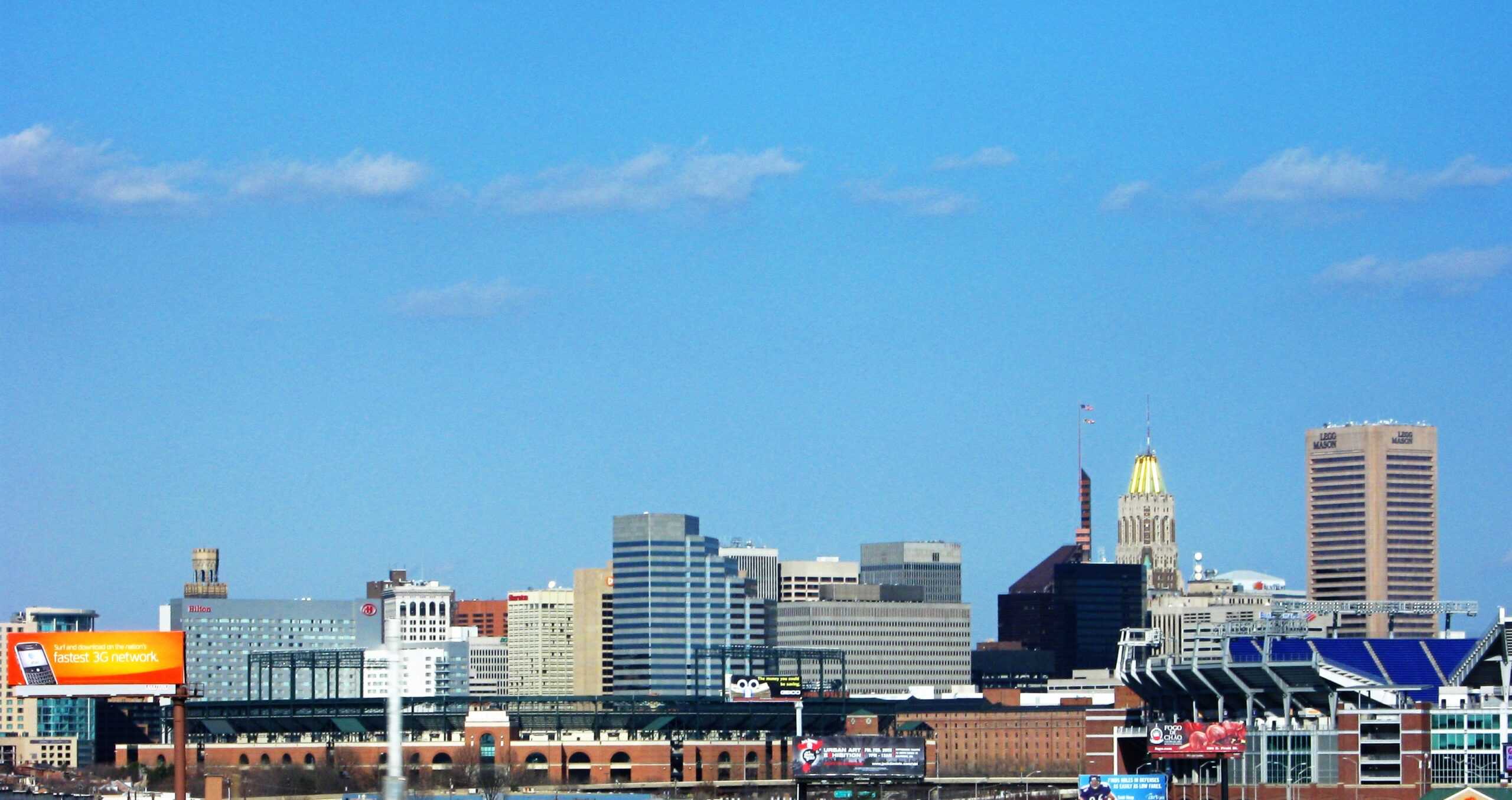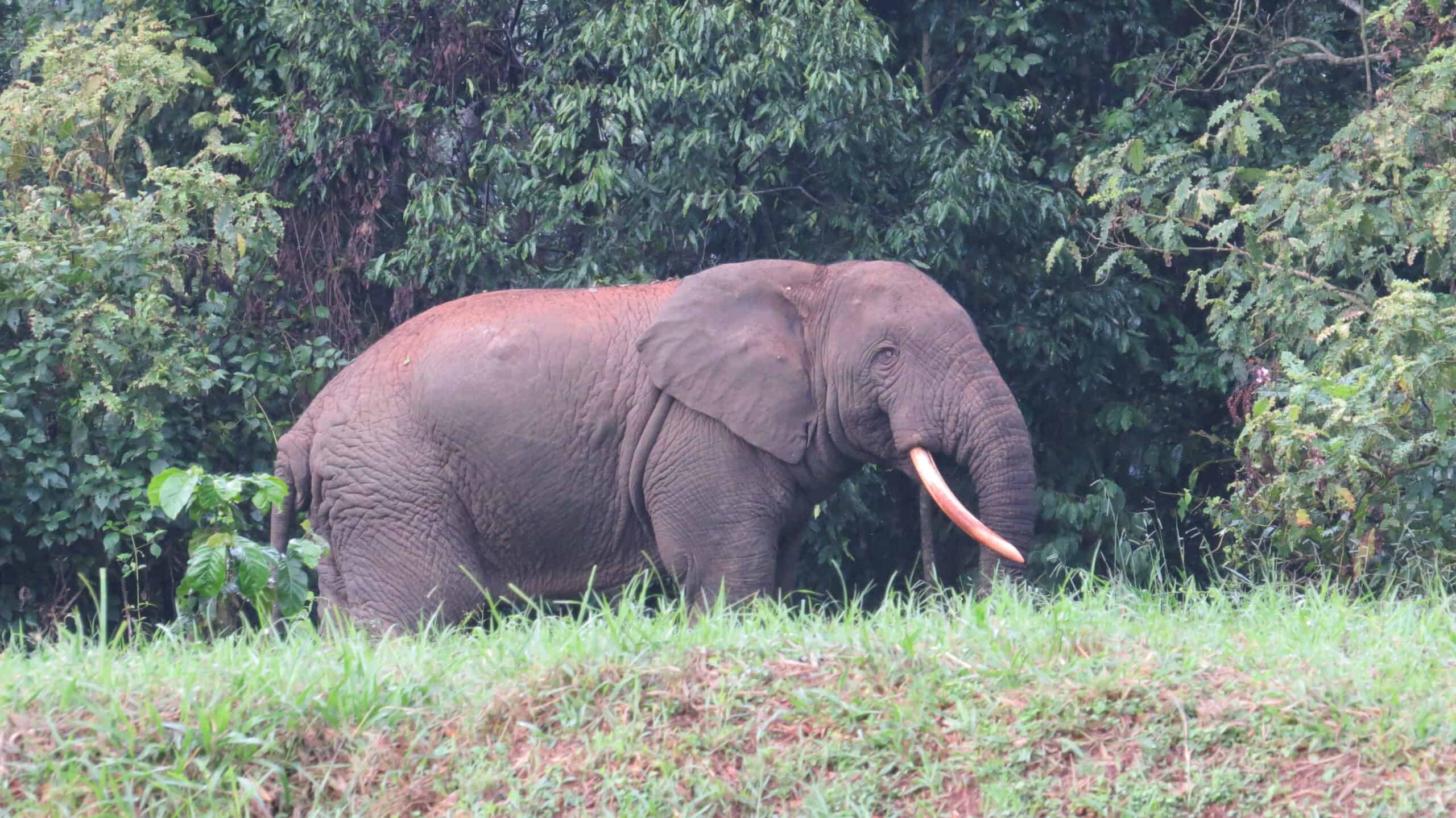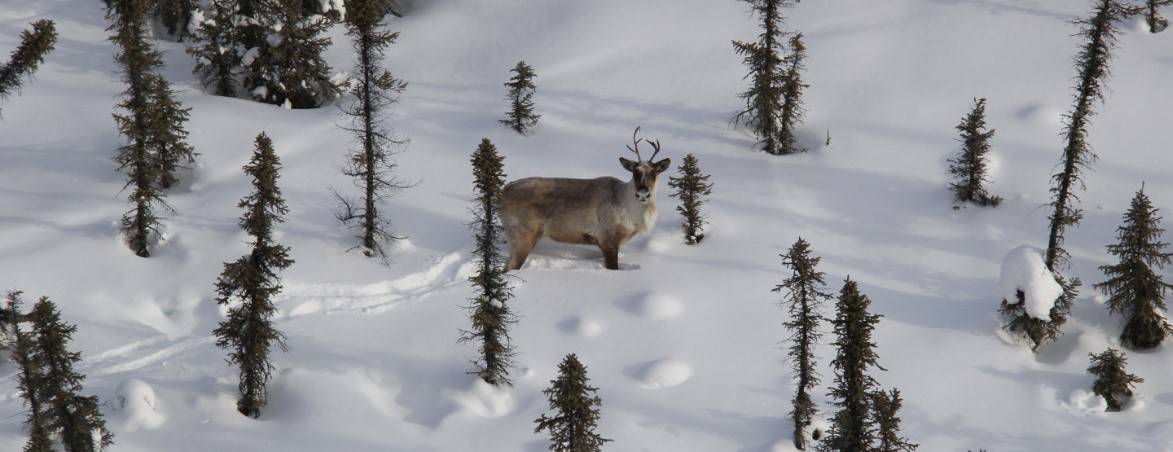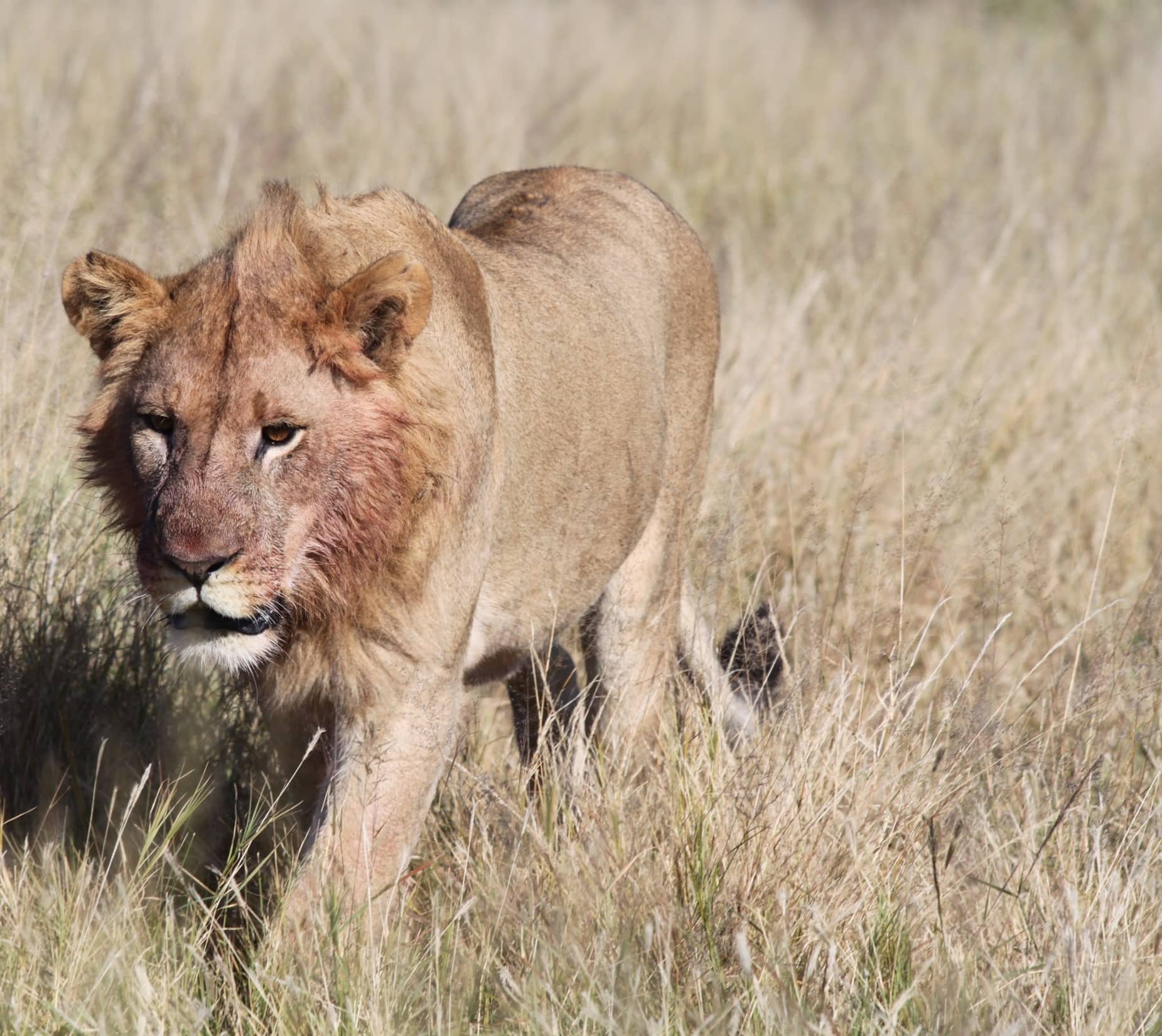Share this article
Wildlife Featured in this article
- great blue heron
- river otter
- diamondback terrapin
- blue crab
TWS Baltimore logo winner takes inspiration from the Chesapeake
Claire Huang featured herons, crabs, terrapins and river otters in her design
When Claire Huang was out on the marsh in the Chesapeake Bay working with the National Oceanic and Atmospheric Administration on fish tagging, she’d see tons of herons, terrapins and blue crabs. She used those sights as inspiration to enter the logo contest for the design featured at The Wildlife Society’s Annual Conference in Baltimore next year.
“A lot of my inspiration comes from spending time in the field in the region, and just an appreciation for the coastal marsh habitats here,” said Huang, a Knauss Marine Policy Fellow at NOAA based in Washington D.C. Huang first started studying fish species in the Chesapeake Bay region with the Smithsonian Environmental Research Center several years ago, so this location is special to her.
This year’s Annual Conference takes place Nov. 5-9 in Louisville, Kentucky, with a logo that features a squirrel’s silhouette over mountains. (See it on the T-shirt design here.) Next year, with the conference taking place in Baltimore, the logo would have to fit the region.
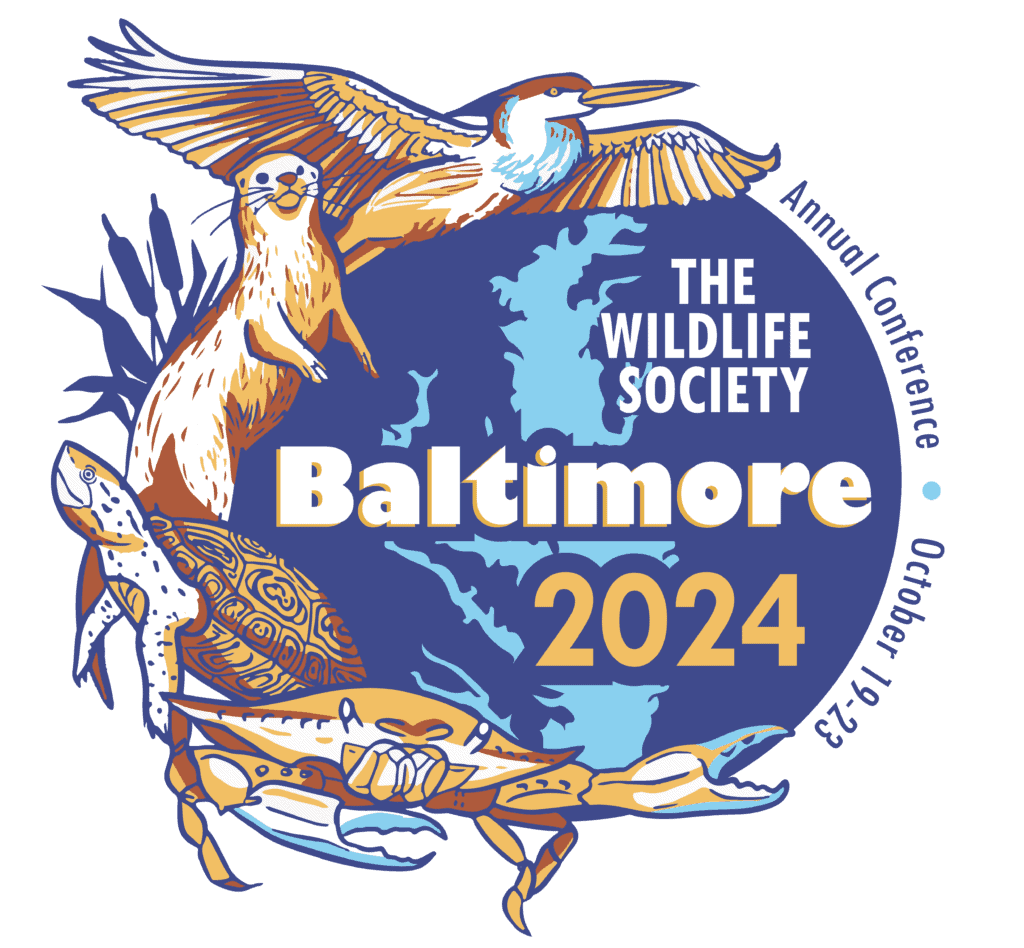
Huang heard about the logo contest from a friend who sent her the social media post. As an ecologist and conservation scientist, Huang knew TWS’ mission matched her own, and she also fosters a love for art and illustration. “It’s one of my passions to combine art and science for science communication,” she said.
Huang wanted to highlight the biological diversity of the Chesapeake Bay region in her logo. “It’s a rich ecological region that not a lot of people necessarily think about,” she said. She chose to include species from different families. Huang’s logo includes the great blue heron (Ardea herodias), river otter (Lontra canadensis), diamondback terrapin (Malaclemys terrapin) and blue crab (Callinectes sapidus), all species native to the state that play important roles in maintaining the food web.
The blue crab was one species she specifically wanted to highlight, she said, since it’s so important to Maryland’s identity, history, and economy.
While she was out on the boat doing field work, Huang would also find herself scoping her surroundings for a good color scheme to use for her design. “One of the most beautiful things about the Chesapeake Bay is the intersection of the aquatic environments with the land and where water merges with the marshes,” she said. “I think the contrast between the color of the water, the marsh grasses and the sky really tied in the theme of connectivity within the ecosystem.”
Huang also incorporated the silhouette of the Chesapeake Bay into her logo to tie everything together. “When people go to Baltimore, I hope what this logo invokes is that this is connected to a larger ecosystem in the mid-Atlantic region,” she said.
Huang was excited to learn that she won the logo contest with her design. She has been honing her graphic design skills recently and feels that winning the contest affirms that her practicing is paying off. “The work that I’ve being doing is being recognized by an organization that I respect,” she said. “My values and my personal mission as a biologist really align with The Wildlife Society.”
In addition to a cash reward, Huang was also gifted a six-month TWS membership. “I’m very excited about it,” she said. “I really value the networking opportunities and resources through professional societies. It’s such a lovely coincidence that this happened through this art contest.”
Huang’s logo will be featured throughout the 2024 conference in Baltimore, in marketing and advertisements of the event, as well as on conference T-shirts.
Header Image: Credit: Éamonn Ó Muirí



